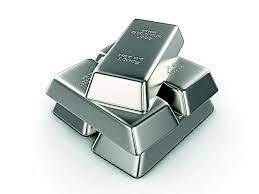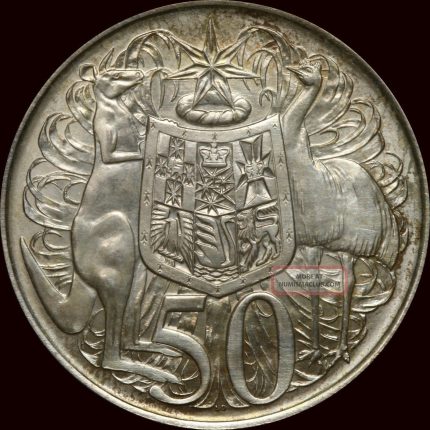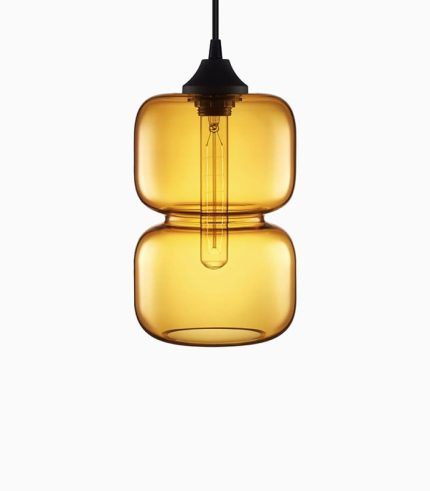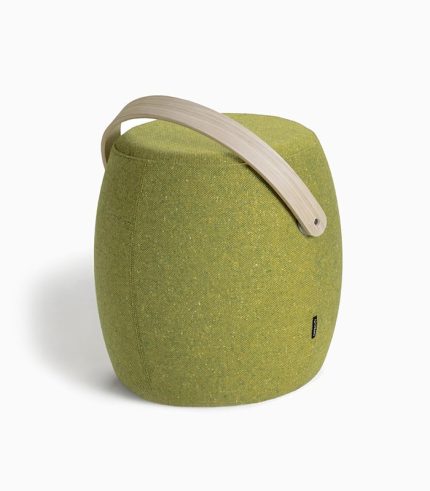Minting your own coins and using them as legal tender currency is generally not permitted for individuals. Here are some key points on the process and legalities:
Issuing legal tender coins is considered a sovereign privilege reserved for national governments and their authorized mints.[1][2] Private individuals cannot legally produce coins intended to circulate as official currency.
To mint legal tender coins, you would need to partner with a sovereign nation that has the authority to issue coins. This typically involves paying licensing fees to that country, which can be very expensive – potentially hundreds of thousands of dollars per year.[2]
The actual minting process involves designing the coin, creating plaster models or digital 3D models, cutting dies from the models, producing blank plaster or metal discs called “planchets”, and then striking the planchets between the obverse and reverse dies in a powerful coining press to impart the designs.[1][4]
While it is possible to produce unofficial “coins” or tokens for personal use, novelty, or within a private barter system, attempting to circulate them as legal tender money would likely violate counterfeiting laws.[2][3] Only authorized national mints can produce coins recognized as official currency.
In summary, minting your own coins for circulation as money requires partnering with a sovereign nation at a significant cost, as individuals lack the legal authority to issue legal tender coinage.[2] Attempting to pass privately-made coins as official currency could constitute illegal counterfeiting.[3]
Citations:
[1] https://www.ramint.gov.au/bite-sized/the-minting-process
[2] https://www.coinworld.com/voices/jeff-starck/_so_you_want_to_make.html
[3] https://lammuseum.wfu.edu/2021/03/ancient-coins-make-your-own-money/
[4] https://www.perthmint.com/news/collector/coin-collecting/how-do-we-make-our-precious-metal-coins/
[5] https://www.youtube.com/watch?v=J6tz8XzwZL4




